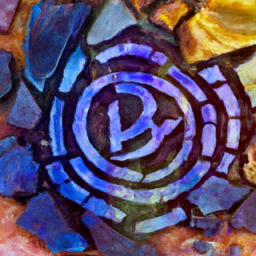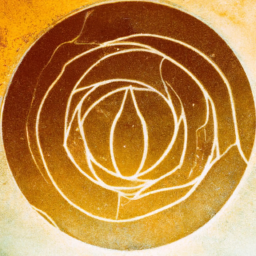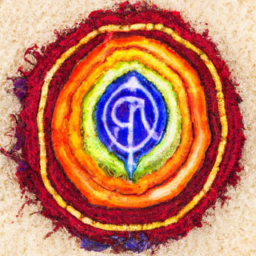
The Root Chakra, also known as the Muladhara Chakra, is the first of the seven main chakras in our body. It is located at the base of the spine, and its energy is associated with grounding, stability, and a sense of security. When this chakra is balanced, we feel a deep sense of trust and safety in the world. However, when it is blocked or imbalanced, we may experience feelings of insecurity, fear, and restlessness.
One way to balance and activate the Root Chakra is through the use of mudras. Mudras are hand gestures that have been used in yoga and meditation practices for centuries. They work by stimulating different areas of the brain and energy channels within our body, helping to restore balance and harmony.
So, which mudra is for the Root Chakra?
The Gyan Mudra

The Gyan Mudra, also known as the Chin Mudra, is a hand gesture that is commonly used in yoga and meditation practices. It is believed to enhance concentration, calm the mind, and improve memory. This mudra is formed by touching the tip of the thumb to the tip of the index finger, while the other three fingers remain straight.
The Gyan Mudra is associated with the Root Chakra as it stimulates the root element, which is the earth element. By balancing this element, we can connect with the grounding energy of the earth, which helps us to feel more rooted, stable, and secure.
How to do the Gyan Mudra for the Root Chakra
Find a comfortable sitting position with your back straight and your feet firmly planted on the ground. Rest your hands on your knees, with your palms facing up.
Take a few deep breaths and allow yourself to relax. When you feel calm and centered, bring your index finger and thumb together to form the Gyan Mudra.

Close your eyes and focus on your Root Chakra at the base of your spine. Visualize a red spinning wheel of energy in this area. As you hold the Gyan Mudra, take deep breaths and imagine the earth element flowing into your Root Chakra, balancing and energizing it.
Stay in this position for a few minutes, or for as long as it feels comfortable. When you’re ready, release the mudra and take a few deep breaths before opening your eyes.
It’s important to note that mudras may have different effects on different individuals. If you feel discomfort or pain while practicing the Gyan Mudra, stop immediately and try a different mudra that feels more comfortable for you.
Incorporating Mudras into Your Practice
Mudras can be a powerful tool in balancing and activating the Root Chakra, but it’s essential to remember that they are just one aspect of a holistic approach to chakra healing. To fully balance this chakra, it’s important to incorporate other practices such as yoga, meditation, and a healthy lifestyle that includes a well-balanced diet and regular exercise.
Try incorporating the Gyan Mudra into your daily meditation or yoga practice and see if you feel a difference in your sense of grounding and security. Remember to be patient and consistent with your practice, as chakra healing takes time and effort.
In conclusion, the Gyan Mudra is a powerful hand gesture that can help balance and activate the Root Chakra. By incorporating this mudra into your practice and focusing on the root element, you can connect with the grounding energy of the earth and enhance feelings of stability and security in your life. Give it a try and see how it can benefit your mind, body, and soul.





I like to use the mooladhara mudra
NikoRay: The yoga mudra is a great way to connect to the root chakra
#Agreeing with both commenters, I find the yoga mudra to be especially effective for connecting to the root chakra.
#Agreeing with NoaButts and NikoRay, I too find that the mooladhara mudra is a great tool to use to attune to the root chakra.